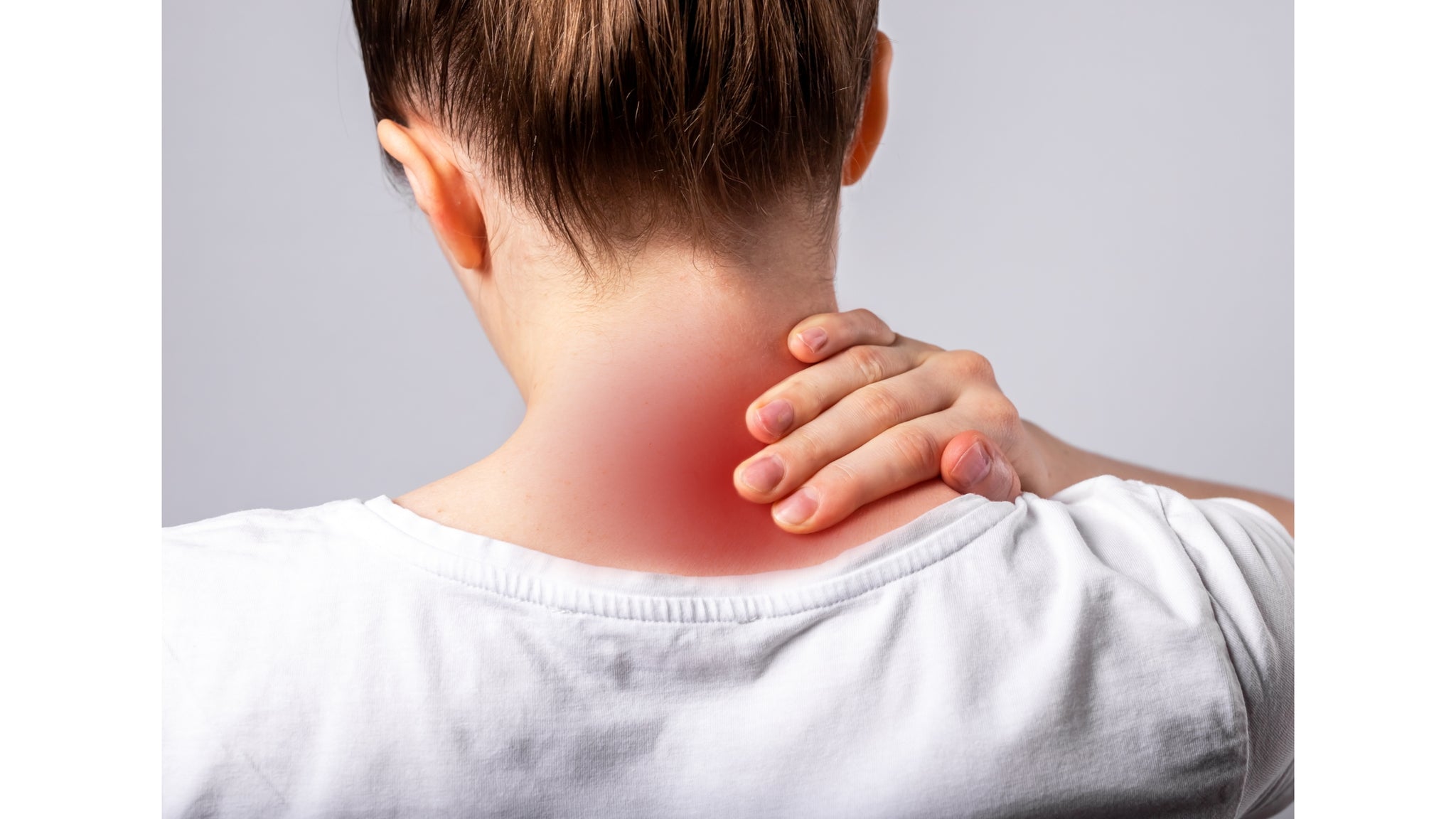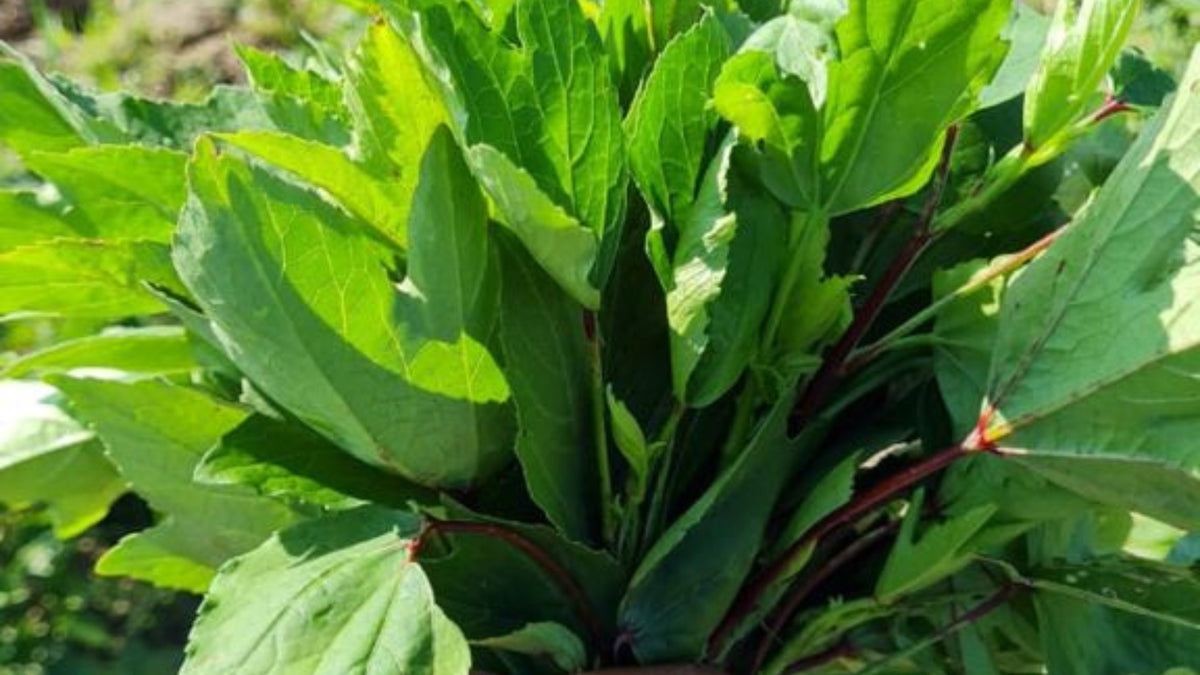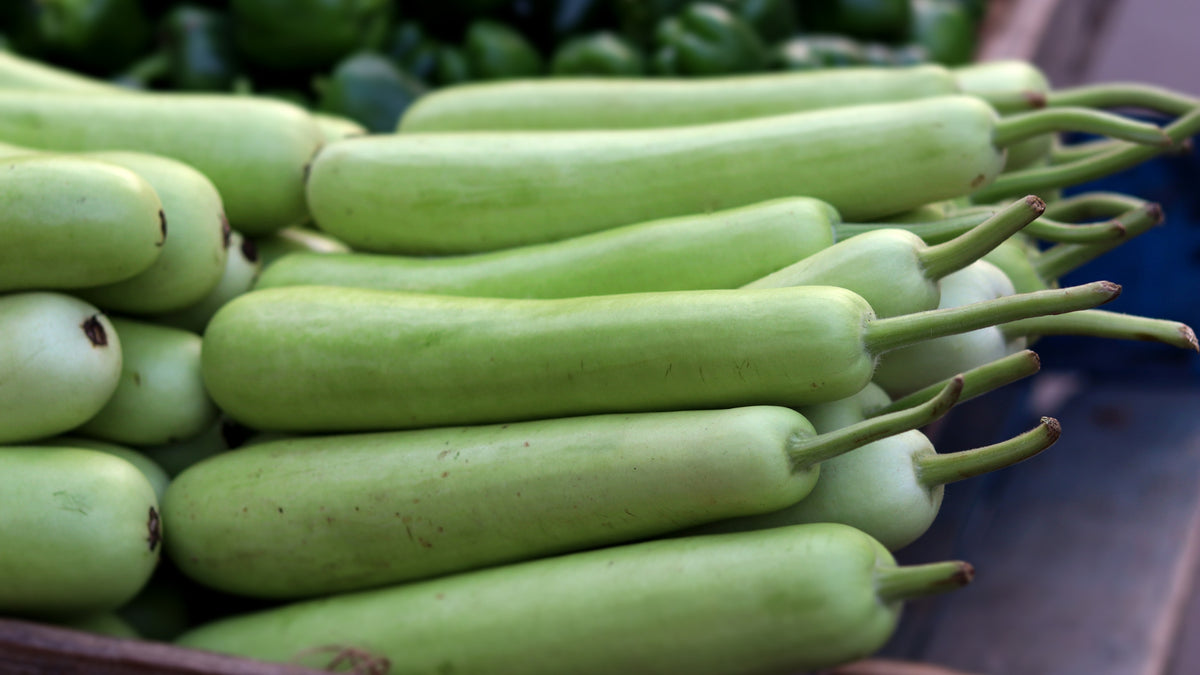
Understanding the Root Cause of Pain

Ayurveda recognizes eighty disorders that are caused by an aggravated vata dosha. Many of these disorders are responsible for causing pain. According to Ayurveda there are two ways that pain develops from an aggravated vata dosha. Vata dosha is responsible for all bodily movement and circulation, and when an area of the body becomes depleted or obstructed, pain develops.
Two Ways Vata Dosha Aggravates Pain
When pain is caused by depletion there is a lack of nutrients supplied to the tissues. The most common things that cause depleted tissue are weak appetite and digestion, over exercising or working, trauma or injury. With depleted tissue the pain presents as sharp, radiating, and moves rather than staying in one place.
The other type of pain is caused by obstructed or blocked circulation around the area of pain. The most common things that cause obstructed tissues are excess or improper eating habits, lack of exercise, and the development of ama or toxic buildup. With pain caused by obstruction the pain presents as inflammation, swelling and stiffness.
Ayurveda recognizes a condition called greeva graham (cervical spondylosis). The primary symptom of greeva graham is pain with a stiff neck associated with dry depleted bone tissue. The dryness and degeneration caused by vata dosha also depletes the kapha dosha. This creates an even worse condition because kapha supplies the lubrication and cushioning between the vertebrae joints and when depleted there is even more pain.
The obstructed type is commonly associated with neurological disorders. This includes disorders like viswachi (cervical brachial neuralgia), avabahuka (frozen shoulder), pakshaghata (stroke), ardita (facial palsy), gridhrasi (sciatica), suryavata (migraine), and even greeva graham (cervical spondylosis) which can have both causes.
When vata dosha becomes aggravated there are many factors associated with improper diet and lifestyle, emotional stress, improper exercise, poor sleep habits, and even dry, windy, cold climates are to blame.
Dietary Habits That Increase Vata Dosha
- Intake of too many dry, light, and cold foods.
- Lack of quality oils like ghee, sesame and coconut.
- Fasting beyond ones digestive capability
- Irregular or missed mealtimes
- Low intake of water or nourishing liquids
- Excess pungent, astringent and bitter foods
Lifestyle Habits That Increase Vata Dosha
- Staying awake after 10pm
- Sleeping during the day when healthy
- Excessive exercise or work
- Suppression of natural urges like sneezing, hunger, etc.
- Walking or bike riding for long distances
- Frequent travel by car, train or plane
- Excessive talking
Psychological Factors That Increase Vata Dosha
- Excess prolonged stress
- Prolonged grief
- Excessive anger
- Fear and anxiety
Standard Ayurvedic Management of Vata Dosha
Ayurvedic therapies that support vata dosha moving in the proper direction also help reduce pain.
- Nitya Virechana(mild purgation) with Gandharvahastadi Oil administered before bed to induce mild purgation.
- Snehana(oil massage) with Dhanwantaram Oil applied before bathing every morning.
- Swedana(heat therapy) applied after oil massage by taking a warm shower or bath.
- Nasya(nasal oil) Anu Oil is good for vata disorders pertaining to the head, neck, and senses that present with pain, stiffness, numbness, tingling, and loss of movement.
In one published Ayurvedic study on greeva graham (cervical spondylosis), Gandharvahastadi Kashaya, Guggulutiktaka Kwatham, and nasya therapy with Dhanwantaram 101 Oil helped to reduce the symptoms related to pain, tenderness, and numbness [1].
An Ayurvedic therapy that significantly pacifies the aggravated vata dosha is oiling the body inside and out. Ayurvedic herbal oils with heating properties both nourish depleted tissue and break down blockages which helps vata dosha regain its normal circulation. There are Ayurvedic oils that specifically help support vata pain, stiffness and inflammation.
External Oils That Support Vata
- Dhanwantaram Kuzhampu balances both kapha and vata dosha, helps reduce inflamed, stiff, swollen, and achy joints. Supports healthy muscles, nerves, and joints.
- Prasarani Oil balances both vata and kapha dosha, the main herb is prasarni, supports and nourishes the neck and shoulder joints, helps strengthen neck muscles.
- Valiya Sahacharadi Oil balances vata dosha, the main herb sahachara is useful for many types of vata disorders relating to the nervous system in the legs.
Internal Oils That Support Vata
- Kalyanaka Ghritam balances mainly vata and pitta dosha, supports the nervous system, energy, nourishes muscles, bones, and nerves and improves mood and feeling of wellbeing.
- Mahakalyanaka Ghritam is more potent than Kalyanaka ghritam and balances both vata and pitta dosha, supports the nervous system, energy, and nourishes muscles, bones, and nerves.
- Gandha Oil 10ml and Gandha Oil SoftGel Capsule balances vata dosha, nourishes the bones and supports the skeletal system.
Herbal Pastes That Support Vata
Herbal pastes, known as lepams, are another effective way to support swelling and inflammation. Jatamayadi Churnam and Kottamchukkadi Churnam are two external herbal powders that are mixed with water to form a paste that is applied to the affected area. They are both very helpful for relieving pain and swelling.
- Jatamayadi Churnam is used topically to help lower excess vata and Kapha dosha. It supports swollen, inflamed, and painful joints. This product is for external applications only.
- Kottamchukkadi Churnam The main herbs are ginger and vacha and is mainly for kapha dosha, its hot potency helps to lower swelling and inflammation in the joints. This product is for external applications only.
Ayurveda offers several effective body therapies that use herbal oils to pacify an aggravated vata dosha. If you experience chronic pain, it is worth visiting an Ayurvedic clinic to experience some of these therapies, shirodhara, abhyanga, patra pinda sweda, shastika sali pinda swedan or navanakizhi, and pizhichil.
Ayurvedic Consultation
Kottakkal is committed to offering the highest quality Ayurvedic Healthcare. We offer two ways to have an Ayurvedic consultation. 1. Free 15-minute Consultation with our Ayurvedic practitioner, Julie Wardwell for when you need a product recommendation for a basic health problem. 2. In-depth Consultation with our Ayurvedic doctor, Vaidya Vishwanath Guddadar for when your condition is chronic with multiple symptoms.
Reference:
[1] Radhika, C., Kumar, G. V., & Mihirjan, K. (2012). A randomized controlled clinical trial to assess the efficacy of Nasya in reducing the signs and symptoms of cervical spondylosis. Ayu, 33(1), 73–77.
Disclaimer: These statements have not been evaluated by the Food and Drug Administration. Kottakkal Ayurveda products and information are not intended for use in the diagnosis, treatment, cure, or prevention of any disease. If you have serious, acute, or chronic health problems, please consult a trained health professional. If you are seeking the advice of a trained Ayurvedic professional, call (800) 215-9934 or email us at contact@kottakkal.shop. We will provide you with information to consult with Ayurvedic professionals. Always check with your doctor before taking herbs when pregnant or nursing.
Also in Healing with Kottakkal Ayurveda

Food is Medicine - Organic Gongura Leaf
Gongura, often referred to as Indian sorrel, is a leafy green vegetable packed with an array of health benefits. This vibrant green is a treasure trove of essential vitamins, minerals, and antioxidants.

Food Is Medicine - Organic Bottle Gourd

Boosting Energy and Rejuvenation with Narasimha Rasayana
Narasimha Rasayanam is an herbal jam formulated with base ingredients of butter, honey, and milk. This time-tested remedy is believed to promote balance within the body's three doshas, vata, pitta, and kapha and supports a range of health concerns. From supporting physical strength and hair health to promoting rejuvenation and cognitive function, Narasimha Rasayanam offers a multifaceted approach to well-being.


Julie Wardwell